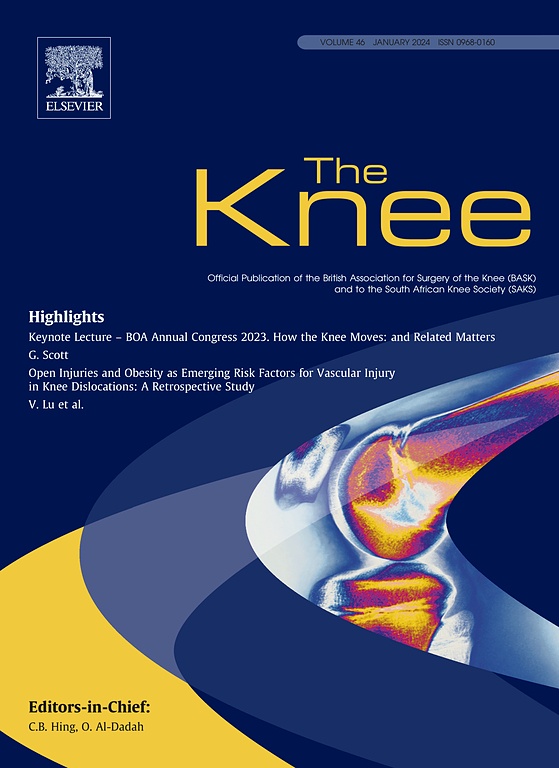
Assessing TKA component position accuracy when implanted with PSI versus conventional instruments

Assessing TKA component position accuracy when implanted with PSI versus conventional instruments
Three-dimensional analysis of accuracy of component positioning in total knee arthroplasty with patient specific and conventional instruments: A randomized controlled trial
Knee. 2017 Dec;24(6):1469-1477Did you know you're eligible to earn 0.5 CME credits for reading this report? Click Here
Synopsis
52 patients scheduled for total knee arthroplasty were randomized to have the procedure completed using patient-specific instrumentation or conventional intramedullary and extramedullary instruments. Patients were assessed postoperatively on CT for deviation from the planned component orientation in the coronal, sagittal, and axial planes. Results demonstrated a significantly smaller deviation in ...
To view the full content, login to your account,
or start your 30-day FREE Trial today.
FREE TRIAL
LOGIN
Forgot Password?
Explore some of our unlocked ACE Reports below!

Learn about our AI Driven
High Impact Search Feature
Our AI driven High Impact metric calculates the impact an article will have by considering both the publishing journal and the content of the article itself. Built using the latest advances in natural language processing, OE High Impact predicts an article’s future number of citations better than impact factor alone.
Continue



 LOGIN
LOGIN

Join the Conversation
Please Login or Join to leave comments.